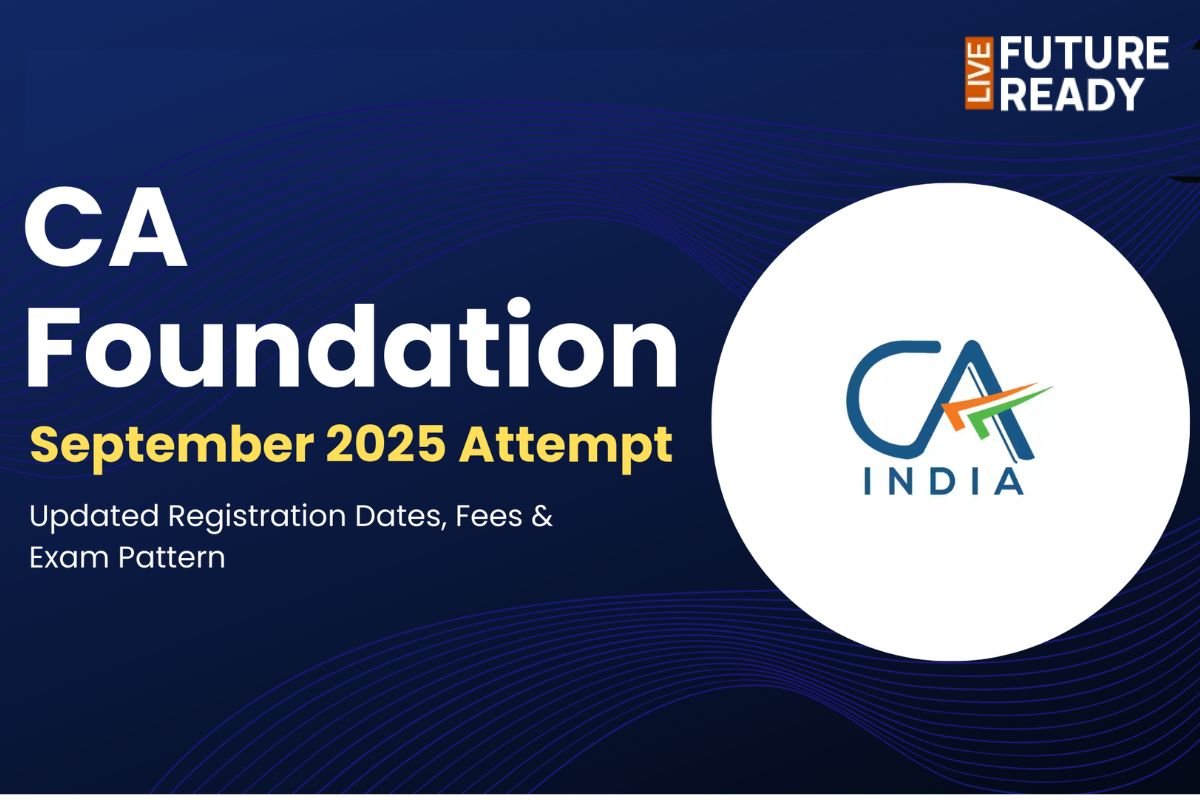If you’re starting now, a 5‑month plan gives you enough time to cover the syllabus, build skills, and sharpen your exam readiness.
Month 1: Foundation & Planning
Understand the pattern & syllabus
CLAT has five sections: English (20%), Current Affairs & GK (25%), Legal Reasoning (25%), Logical Reasoning (20%), and Quantitative Techniques (10%)—120 questions in 2 hours
Create structured goals
-
Daily: 2–3 hours—read newspaper editorials, do vocabulary, solve grammar and reasoning drills.
-
Weekly: Finish one full mock, revise mistakes.
-
Monthly: Cover major topics in each section.
Prioritize high-yield topics
Focus on high-frequency areas—reading comprehension, critical reasoning, legal maxims, puzzles, arithmetic, and static GK.
Month 2: Deepen Concepts & Skill Building
- English & RC : Regularly read editorials in The Hindu or Indian Express. Practice RCs and review grammar and vocabulary daily.
Logical & Legal Reasoning
-
Solve puzzles, syllogisms, critical reasoning daily.
-
Read bare acts or summary notes to strengthen legal reasoning.
Reddit users emphasize consistent practice:
“These two sections completely depend on how much you have practiced… no shortcut.”
- Quantitative & Data Interpretation : Spend 5–6 hours weekly on basics like percentages, ratios, and data sets. Use formula sheets and practice speed drills.
- Static GK & Current Affairs : Study static GK (history, polity, geography) alongside regular current affairs. Use monthly compilations and apps for quick review.
Month 3: Practice Intensifies
- Weekly mocks & past papers : By now, take 1 mock per week and solve past CLAT papers to detect patterns and difficulty levels.
- Analyze & improve weak areas : Make an error log each week. Focus extra time on weaker sections, especially in logical/legal reasoning and math.
- Time-trial sections : Practice completing sections in less time (e.g., 115-minute mocks) to build buffer against exam delays.
Month 4: Full-Length Mocks & Revision
- Increase mock frequency : Attempt 2–3 full timed mocks per week. Simulate test conditions.
- Sectional blitz & topic tests : Use topic-wise quizzes to target your weakest areas. Many institutes and platforms offer hundreds of these.
- Refine strategies : Stick with what works—skim RC, answer easier questions first, mark tough ones to revisit.
And always reassess if your prep style aligns with your strengths.
Month 5: Final Sprint – Mocks & Smart Revision
- Mock overload : Take 3–4 mocks weekly. Keep speed + accuracy up, and analyze after each.
- Targeted revision notes : Maintain short notes for legal principles, vocab, GK facts, and math formulas. Use them for quick daily revision.
- Stress practice under real conditions : Simulate actual exam environment: timed, silence, no interruptions. Include buffer time for logistics.
Bonus Tips from Toppers
- Regular analysis matters: Use mocks for strategy, not just test scores.
- Balance life & breaks: Avoid burnouts—studies show scheduled rest boosts performance.
- You define what works: Your most effective method might differ from popular advice—adapt accordingly.
Final Takeaway
A 5‑month plan—starting with a strong foundation, advancing through structured practice, and culminating in focused mocks—can set you up to crack CLAT 2026 with confidence. Combine consistent effort, smart analysis, and stress discipline, and you’ll be well on your way to success.
Good luck, Future Ready aspirants! You’ve got the strategy—now it’s time to execute.
Read more on our website: Future Ready, your go-to platform for the best educational content and latest updates.
Read More Related Blogs :-



















